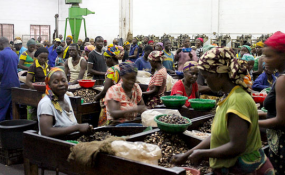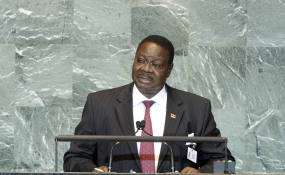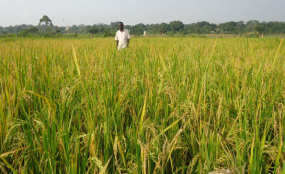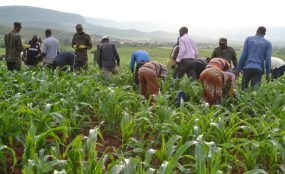By Kennedy Senelwa
The African Development Bank (AfDB) has approved a $14.57 million supplementary loan for South Sudan’s power project.
The money will be used to rehabilitate and expand electricity distribution networks in the capital city.
Juba lacks a reliable power supply network due to dilapidated infrastructure. Consumers are therefore forced to rely on diesel generators.
“The project will contribute in reducing inefficiencies in the power distribution network and increase electricity access in Juba,” said Gabriel Negatu, AfDB’s director- general of the East Africa regional development and business delivery office.
He added: “The project will increase the electrification rate in south Sudan, both for residential and commercial use.”
Mr Negatu said that the country’s infrastructure particularly the energy sector is in its infancy and would require substantial investments to create an enabling environment for economic development.
He said that South Sudan needs the support of development partners to forge ahead.
The money will be used to build 145 kilometres of 33kilovot (kV) lines, 370 km of 415 and 230 volt lines, buy 20,000 pre-paid meters to connect new customers to the national grid, and buy and install 195 transformer stations.
The supplementary loan to be distributed under the African Development Fund, covers a budget deficit of the total project financing granted four years ago.
On December 18, 2013, AfDB approved a grant of $26 million to finance South Sudan’s power project.










